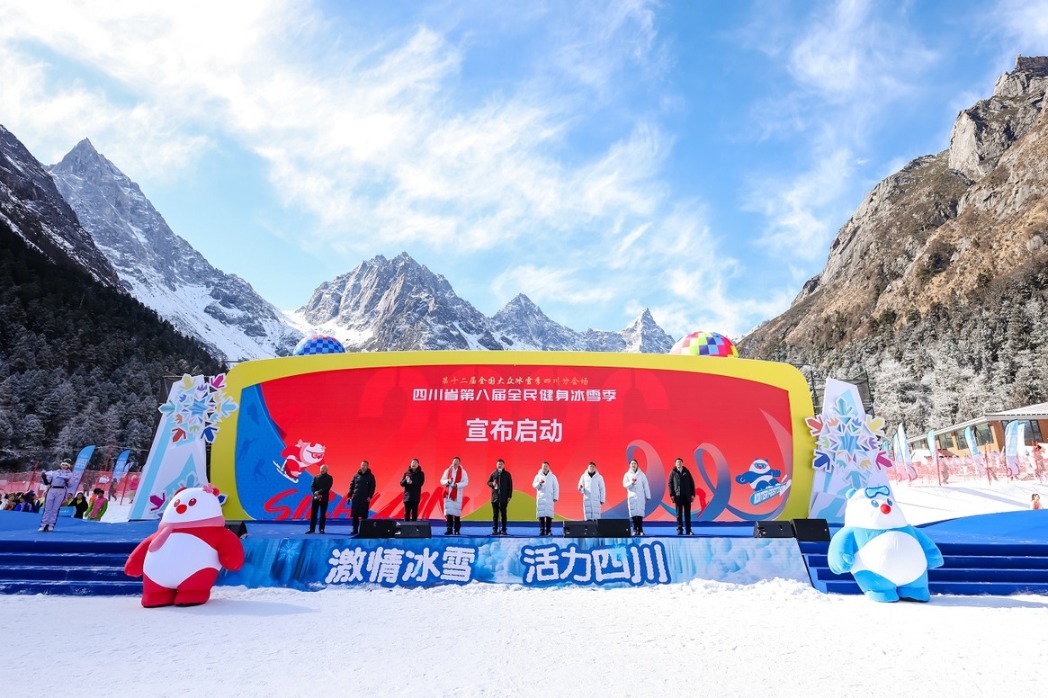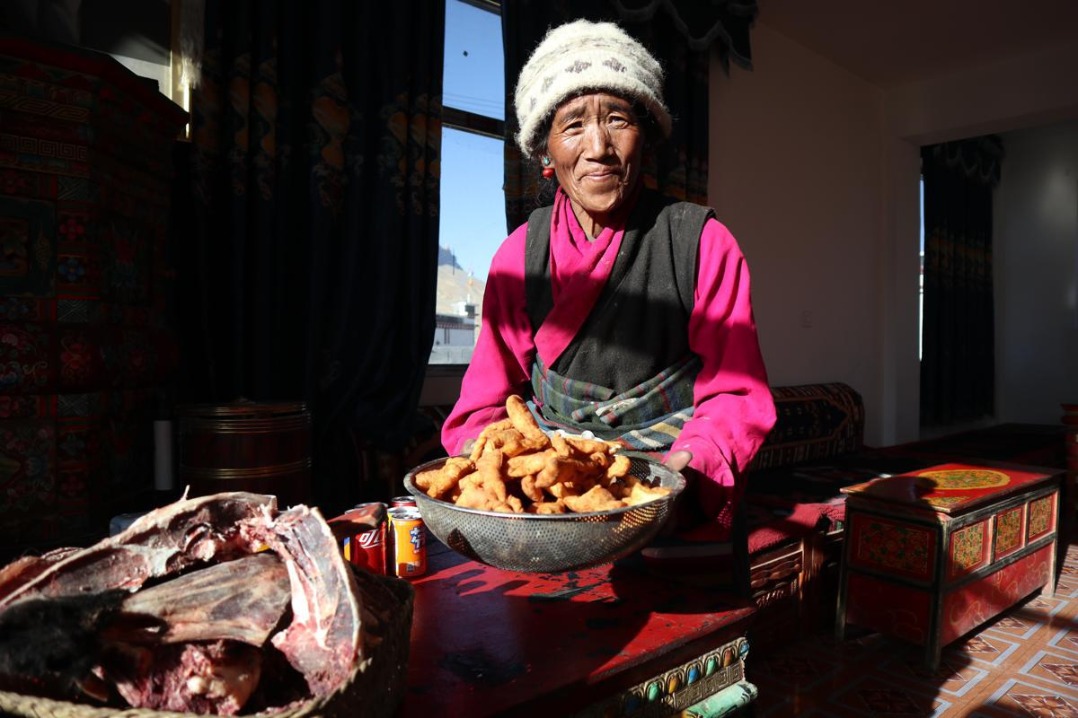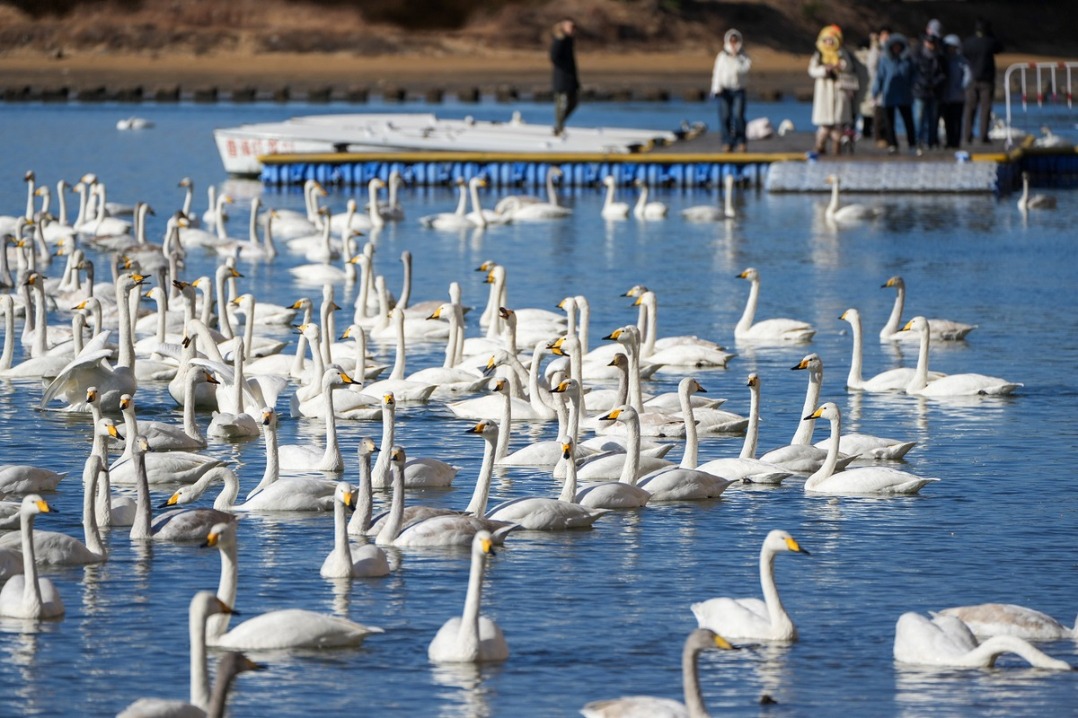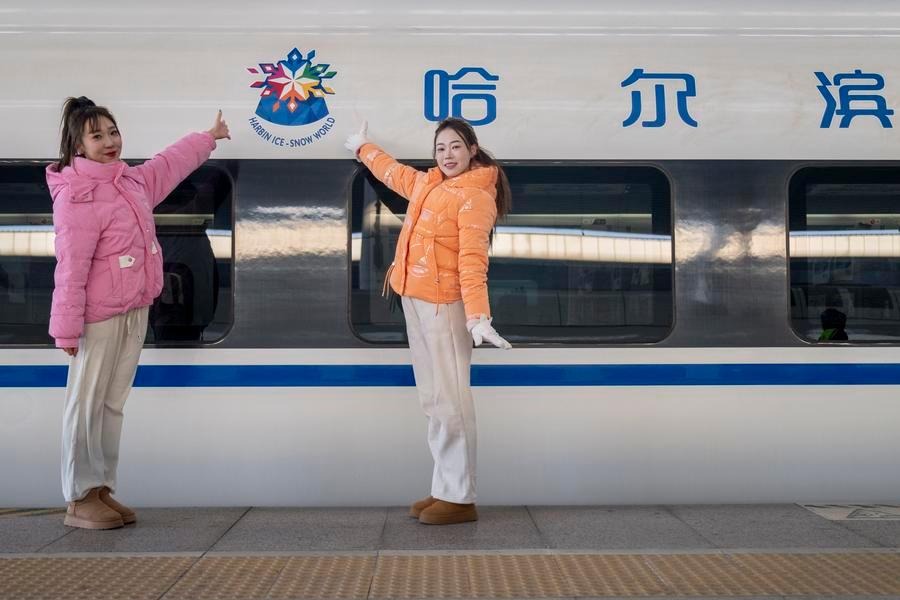Northbound program boosts Greater Bay Area traffic flow

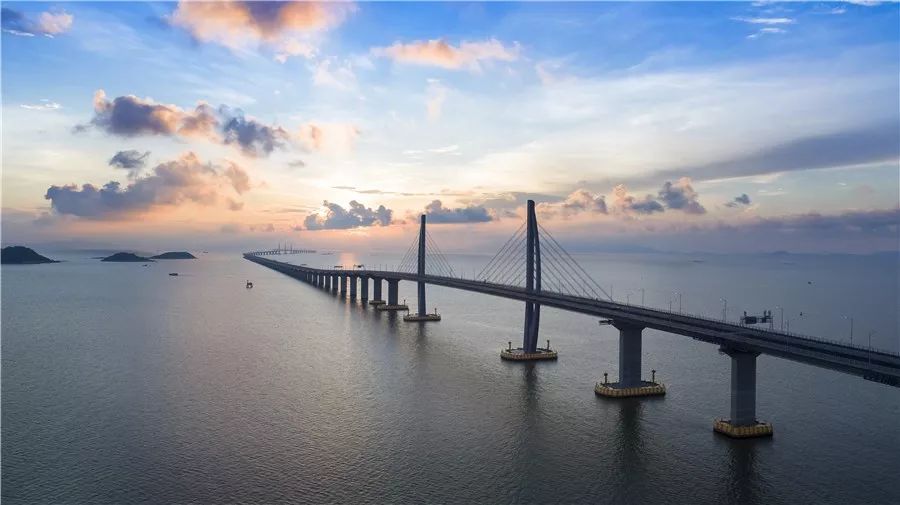
Traffic flow via the Hong Kong-Zhuhai-Macao Bridge has increased significantly since July 1, following the implementation of the northbound travel program and coinciding with the summer travel peak.
The average daily volume of vehicles, including passenger cars and trucks, entering and leaving the Chinese mainland via the bridge hit 8,832 in July, according to Gongbei Customs in Zhuhai, Guangdong province.
Of the vehicles, 7,200 were passenger cars, accounting for about 80 percent of the daily traffic volume.
On Sunday alone, the daily volume of inbound and outbound vehicles traveling across the bridge surpassed 10,000, a new record.
"It takes only one hour to drive from Hong Kong to Zhuhai, which I need to visit frequently to do business," said a Hong Kong businessman surnamed Chan.
Convenient customs clearance and supporting facilities will help attract more private car owners from the two special administrative regions to travel north to the mainland, according to Chan.
"It is very convenient to travel via the bridge, following the implementation of the northbound travel program. More people from Hong Kong and Macao would like to visit Zhuhai to shop or do business," he said.
The northbound travel program took effect on Jan 1 for Macao and July 1 for Hong Kong. The scheme allows eligible vehicles to travel between the two special administrative regions and Guangdong via the mega sea-crossing bridge.
"Since February I have driven across the bridge to Guangdong many times to visit friends and experienced fast and convenient customs clearance," said a Macao driver surnamed Wong.
The program, part of measures to promote connectivity in the Guangdong-Hong Kong-Macao Greater Bay Area, has aided the owners of 554,038 single-plate vehicles from Hong Kong and Macao, according to customs.
Single-plate vehicles refer to those that only have plates issued by Hong Kong or Macao. Before the program, only dual-plate vehicles — those registered both in the mainland and in an SAR — could make cross-border journeys. That qualification was generally harder to obtain.
With the increased number of car owners obtaining customs clearance qualifications, it is expected that the maximum daily traffic volume at ports will continue to rise, customs officials said.
Customs will continue to optimize the "one-stop" checkpoint system for vehicles from Hong Kong and Macao using the bridge through advanced technologies, said Gong Zhongnian, director of the second supervision department of Hong Kong-Zhuhai-Macao Bridge Customs.
"To cope with the peak summer traffic flow, we have established a point-to-point cooperative mechanism in the processing of vehicle clearance, quickly solving problems encountered by vehicles during customs clearance," Gong said.
The one-stop checkpoint system for passenger and freight vehicles means a routine inspection of a vehicle can be completed in 20 seconds, Gong said.
















